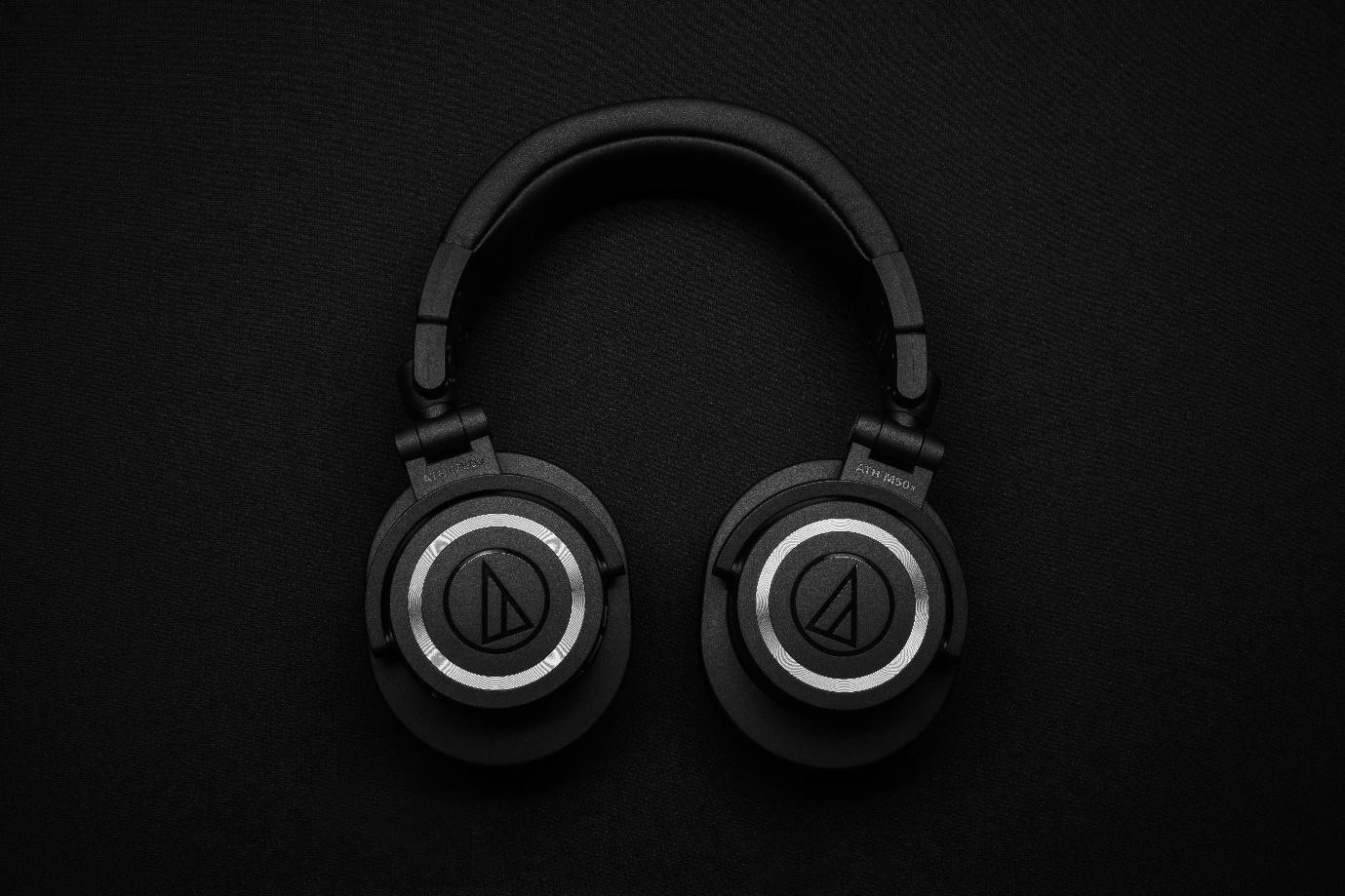If you are an aspiring voice over artist, you are probably aware of the intricacies of making a voice over successful. It takes hours of toiling in a recording studio and a bucketload of patience to get it right. But the most important and an absolutely indispensable part of this entire process, without which no voice over can be created, is the right pieces of equipment.
Equipment is an extremely part of the voice over industry. Without the right voice over equipment, even a perfectly recorded voice over will be of no use. Professionals use a wide range of excellent equipment to bring out the desired results, ranging from indigenous to imported products. But what about the beginners or aspiring artists trying to get the hang of the recording environment on their own? Because renting out a recording studio is a challenging option for beginners, and some of these things can burn a really massive hole in your pocket.
But no worries, because today’s article is dedicated to our beginners and is a guide to the world of voice over equipment and the list of voice over equipment that every newbie needs. So keep scrolling, and let’s explore together, shall we?
Voice over equipment that every beginner needs: The ultimate checklist
The checklist for professional voice over equipment could be really big and versatile one. But given we are talking beginners here, there are only five important names in our list that are more than enough to get you started as a beginner. These are:
- Microphones
- Audio editing software
- XLR Cables
- Headphones
- Audio interface
Optional but essential items:
Pop-filters
Mic boosters
1. Microphones
The first and foremost thing is undoubtedly the microphones for recording. And microphones aren’t necessarily the crazy expensive piece of voice over equipment. Even so, it is feasible for a beginner to go for a cheap version that serves the purpose and is easier to handle.
Microphones are of two different types as well: dynamic microphones and condenser microphones. Mostly, the latter tends to be costlier than the former, as well as more sound sensitive.
Some of the best budget condenser mics that might cost you a little under a hundred dollars are MXL 990, Audio-Technica AT2020, MXL-770, etc., to name a few. Budget dynamic microphones include Shure MV 7, Audio-Technica Ae6100,
AKG D5, Samson Q2U etc.
2. Audio editing software
The next integral piece of voice over equipment is good-quality audio editing software. But just because we are looking for good quality doesn’t mean it has to be expensive as well. It will surprise you how many fantastic editing softwares are available on the internet completely free. Yes, that’s right…absolutely FREE.
Some of these are Audacity, Oceanaudio, WavePad, MixPad, Soundation etc., to name a few.
3. XLR Cables
This is one of the easily accessible and cheap voice over equipment. XLR Cables are used to connect your microphone to the audio interface. It is usually on the cheaper side for the most part, with a few additions here and there in the costlier version.
4. Headphones
Again, for the most part, any headphones will work, especially when you are a beginner. Still, in case you feel like spending in this department, closed-back headphones are an excellent way to go as they reduce the sound bleed.
5. Audio Interface
The last but essential part is the audio interface, aka the translator. An audio interface translates whatever command you give through the microphone into a language the computer can understand. Before buying an audio interface, however, research the term noise floor. Cheaper versions of the audio interface usually have a high noise floor and produce an audible hiss in the background, affecting your voice over quality.
Equipment is a necessary part of the entire voice over process. And as a beginner stepping into this realm for the first time, it is a good idea to get a hang of how some of these things work. The great thing is that most of the voice over equipment can be available for cheap or free and sometimes even rented at feasible rates.
So, are you ready to work on your own voice over equipment yet?
